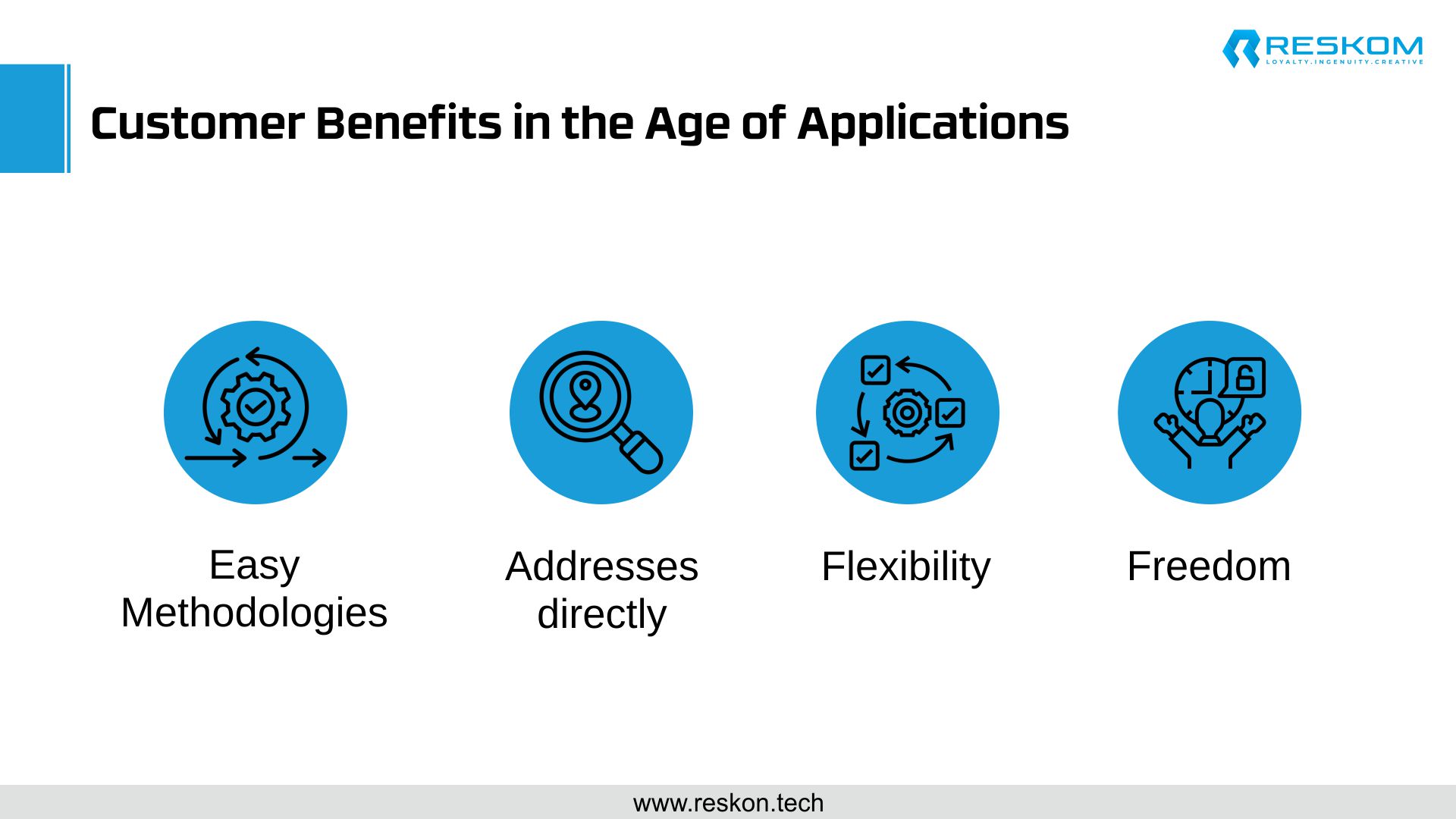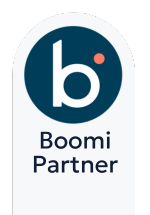The term “cloud native” is frequently tossed around, yet its true meaning often remains shrouded in complexity. Dispelling the common misconception that it’s a binary concept, cloud-native emerges as a multifaceted approach, evolving along a spectrum. From conventional discussions around servers and IT infrastructure to a transformative mindset centered on application elements, the journey is expansive. This blog embarks on the comprehensive exploration of cloud-native architecture, unraveling its layers and delving into its profound impact on organizations, internal teams, and the enhanced experiences it delivers to external customers.

The Dynamic Landscape of Cloud Native Architecture
Cloud-native, as articulated by The Cloud Native Computing Foundation, is characterized by resilience, manageability, and observability. Rooted in robust automation, it empowers engineers to effect high-impact changes frequently and predictably with minimal toil.
The conceptual framework of cloud-native permeates various facets, influencing not only the developer mindset but also team design, culture, and the systems being built. While the term is currently synonymous with serverless computing and application containers, it’s important to acknowledge the evolutionary nature of cloud-native methodologies and their impact on defining technologies.
Hence, it is more judicious to perceive cloud-native as an overarching and continually evolving concept, adapting to the ever-changing technological landscape.
Unpacking Cloud Native Operations
Despite the misconception that an enterprise must fully migrate to the public cloud in order to be considered cloud-native, there are several ways to implement a cloud-native strategy for application development without using on-premises data centers. The fundamental principle is to build an infrastructure that enables engineers to make high-impact changes often, predictably, and with little effort. Infrastructure must be viewed as disposable in order to enable provisioning, resizing, scaling, movement, and destruction on demand—all of which must be accomplished flawlessly through automation. The ultimate objective is to free organizations from the limitations imposed by the underlying infrastructure, allowing for increased scale, resilience, agility, and rapid change.
Empowering Internal Customers, Developer Creativity and Agility
Within the framework of technology strategy, the role of internal customers, i.e., development teams, is important. This internal customer-developer dynamic is intricately linked with the external customer who makes purchases in the form of products or services. The development teams are the architects behind the systems that external customers engage with. Elevating their creativity and agility through strategic approaches not only enhances employee engagement but also elevates the quality of work they produce. This directly benefits external customers, manifesting in improved responsiveness, reduced performance problems, and the infusion of innovative product features.
Employee engagement thrives in environments where developers are empowered to innovate with cutting-edge cloud technology, applying modern, agile working methods. A fundamental shift from merely ‘keeping things running’ to proactively solving complex problems characterizes the essence of the cloud-native approach. Automating predictable problem resolution is a cornerstone of this approach, liberating valuable time that was once consumed by tedious manual labor. Evolving beyond traditional monitoring, the integration of auto-discovery and auto-remediation mechanisms facilitates quick, painless, and proactive problem resolution, further amplifying developer productivity and satisfaction.
Moreover, engaged employees are more likely to stay with the company, contributing to the formation of high-performing teams. A company entrenched in an innovative culture, coupled with a cloud-native approach, becomes an attractive destination for top talent. Providing internal customers with engaging work and efficient processes fosters a healthier organization, accelerating time-to-market and establishing a competitive edge.
Customer Benefits in the Age of Applications
Applications rule the market, and companies that can quickly develop and implement solutions in response to client demands become market leaders.
- Easy Methodologies: Methodologies that are native to the cloud serve as the engines that push developers to iterate more quickly and release software more quickly in order to effectively respond to changing events and customer needs.
- Addresses directly: The cloud-native approach is a paradigm shift from the traditional IT approach of writing code to accommodate systems. It directly addresses fixes by writing code that is specially designed to address problems that have been found.
- Flexibility: The flexibility and event-drivenness of cloud-native approaches lie at their core, enabling development teams to create applications that adapt and scale in real-time with business processes or events.
- Freedom: Cloud-native frees teams from operational responsibilities so they can concentrate on creating meaningful code. This results in decreased overall costs as the company grows and minimizes systemic disruptions, which raises customer satisfaction and improves product quality.
Conclusion
Rapid response times are necessary in the business world, and cloud-native systems enable businesses to accomplish more, more quickly. By utilizing the power of cloud services, the cloud-native approach acts as a catalyst, enabling teams to produce high-quality products. Organizations strategically position themselves to innovate, transform, and provide a richer customer experience as they move along the cloud-native continuum.
Uncovering the technical complexities of cloud-native architecture also reveals its significant influence on internal teams and, by extension, external clients. In the constantly changing world of technology, this voyage signifies a paradigm change toward a future that is more inventive, flexible, and responsive. Beyond the technical jargon, cloud-native exploration demonstrates the transformative power that alters not only IT infrastructure but also the fundamentals of how businesses function and provide value to their clients.
RESKOM, a pioneer in cloud solutions, seamlessly integrates cloud-native principles to offer unparalleled services. Leveraging advanced automation, RESKOM enables clients to achieve resilient, manageable, and observable systems, in line with The Cloud Native Computing Foundation’s definition. By providing a comprehensive approach, RESKOM ensures that clients can make high-impact changes frequently and predictably with minimal stress. With a keen focus on empowering internal teams, RESKOM encourages an environment where developers can innovate with cutting-edge cloud technology, driving agility and efficiency. Through its expertise, RESKOM facilitates a smooth transition toward cloud-natives operations, helping organizations unlock the full potential of this transformative approach.


